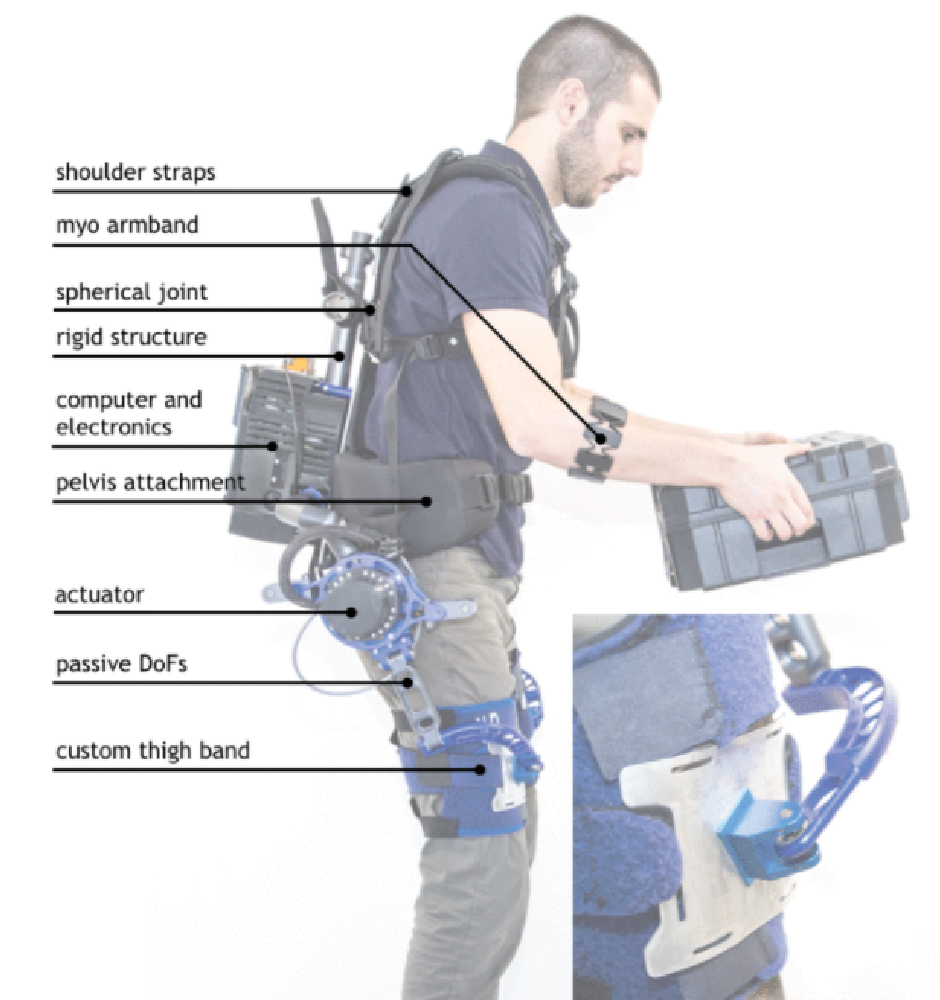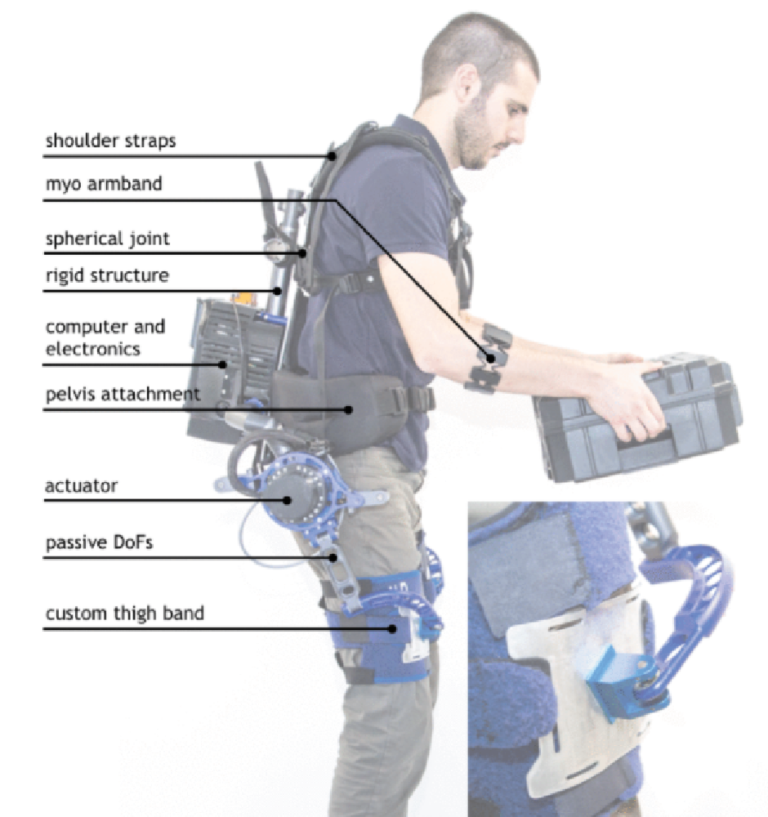
Selecting actuators for assistive exoskeletons involves decisions in which designers usually face contrasting requirements. While certain choices may depend on the application context or design philosophy, it is generally desirable to avoid oversizing actuators in order to obtain more lightweight and transparent systems, ultimately promoting the adoption of a given device. In many cases, the torque and power requirements can be relaxed by exploiting the contribution of an elastic element acting in mechanical parallel. This contribution considers one such case and introduces a methodology for the evaluation of different actuator choices resulting from the combination of different motors, reduction gears, and parallel stiffness profiles, helping to match actuator capabilities to the task requirements. Such methodology is based on a graphical tool showing how different design choices affect the actuator as a whole. To illustrate the approach, a back-support exoskeleton for lifting tasks is considered as a case study.

